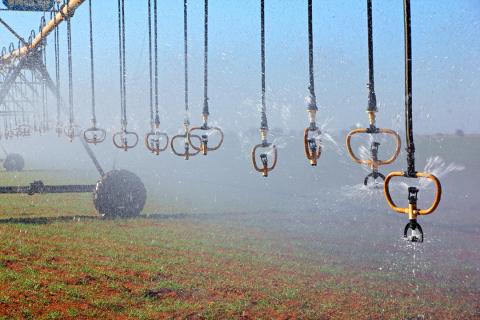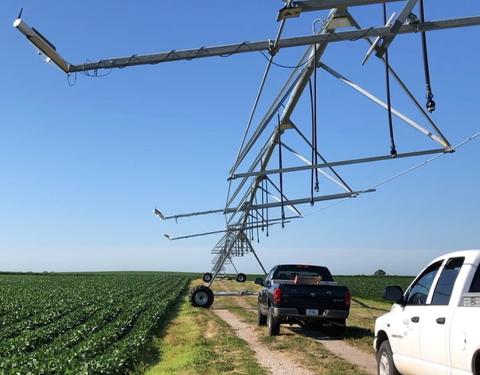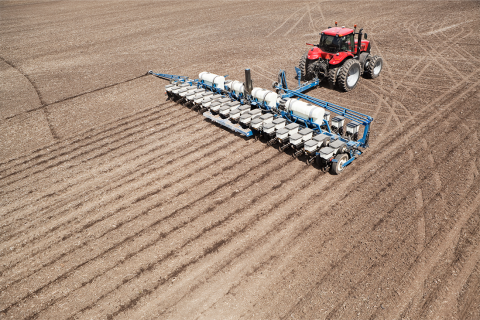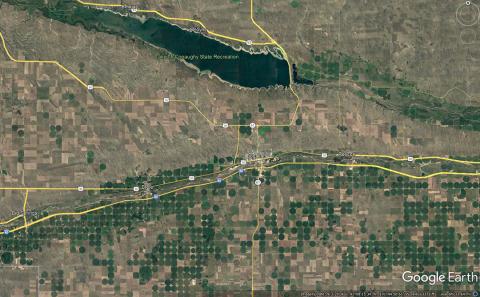Scheduling the Last Few Irrigations of the Season
August 25, 2022
Factors such as the amount of water a soil can hold, the amount of water a crop will use until it reaches maturity, and the maximum allowable soil water depletion should be considered when deciding the last few irrigations of the season.
Sensors on the Pivot for Automated Irrigation Scheduling in the Great Plains
June 29, 2022
Results of a research project on optimizing irrigation methods by utilizing thermal and multispectral center pivot sensors to gather crop data.
Study Reviews Farmer Irrigation Scheduling Tendencies in Central Nebraska
June 15, 2022
While a recent study revealed that irrigators tend to overwater on wetter years, extension experts recommend data-driven decisions for optimizing yields, saving water and lowering cost of production.
Considerations for Planting into Dry Conditions
April 12, 2024
As planting is critical for everything else that happens during the growing season, the dry conditions have led to a variety of questions this spring regarding soil conditions, planting depth, irrigation and herbicides.
New Article Traces Aspects of the History of Irrigation in the Great Plains and Water Productivity
March 23, 2022
A review of the history of irrigation in the Great Plains region from a geographical, technical and political perspective, as well as how it has impacted water resources.
Scheduling the Last Few Irrigations of the Season Deserves More of Your Management Time Than Earlier Irrigations
August 19, 2021
University of Nebraska irrigation scheduling recommendations encourage irrigators to allow crops to continue using more of the stored soil water starting in August and continuing into September when the crop matures.
Early Season Interseeded Cover Crop Driving Tour June 29, 2021
June 18, 2021
This free tour will provide an opportunity for individuals interested in interseeding cover crops to view interseeded corn and soybean fields at several locations across Nebraska.

Results from Interseeding Cover Crops into Corn or Soybean
May 12, 2021
A summary of the studies conducted via Nebraska On-Farm Research and Soybean Management Field Days on interseeding cover crops into living corn and soybean.







